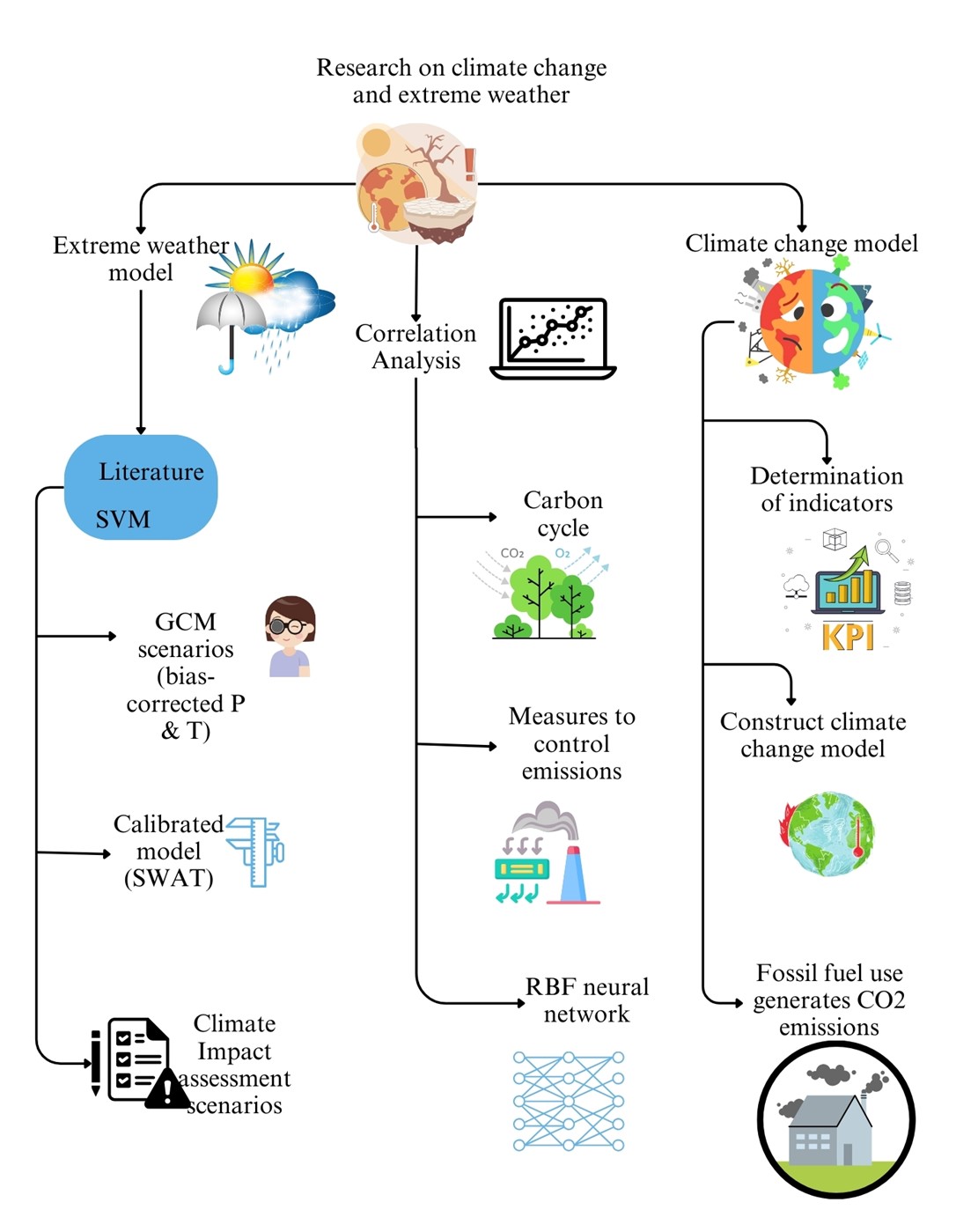
Artificial intelligence techniques that can shatter pattern recognition accuracy records, has recently attracted a lot of attention. With its flexibility and capacity to handle massive and complicated datasets, deep learning has transformed numerous academic domains, including bioinformatics and medicine, in a few of years. We think ecologists can also benefit from these methods, since ecological datasets are getting bigger and more complicated. This review examined current implementations and demonstrates how deep learning has been effectively applied to classify animal activity, identify species, and estimate biodiversity in big datasets such as audio recordings, videos, and camera-trap photos. This review paper show that most ecological disciplines, including applied contexts like management and conservation, can benefit from deep learning. This review also identify frequent problems concerning the application of deep learning, like what is the process for building a deep learning network, what resources are available, and what kind of data and processing power are needed. To assist ecologists in utilising deep learning, it offer guidelines, suggestions, and helpful materials, such as a reference flowchart. This contend that deep learning has the potential to become an extremely useful reference tool for ecologists at a time when automated population and ecological monitoring creates massive amounts of data that humans are no longer able to interpret efficiently.
Total file downloads: 27